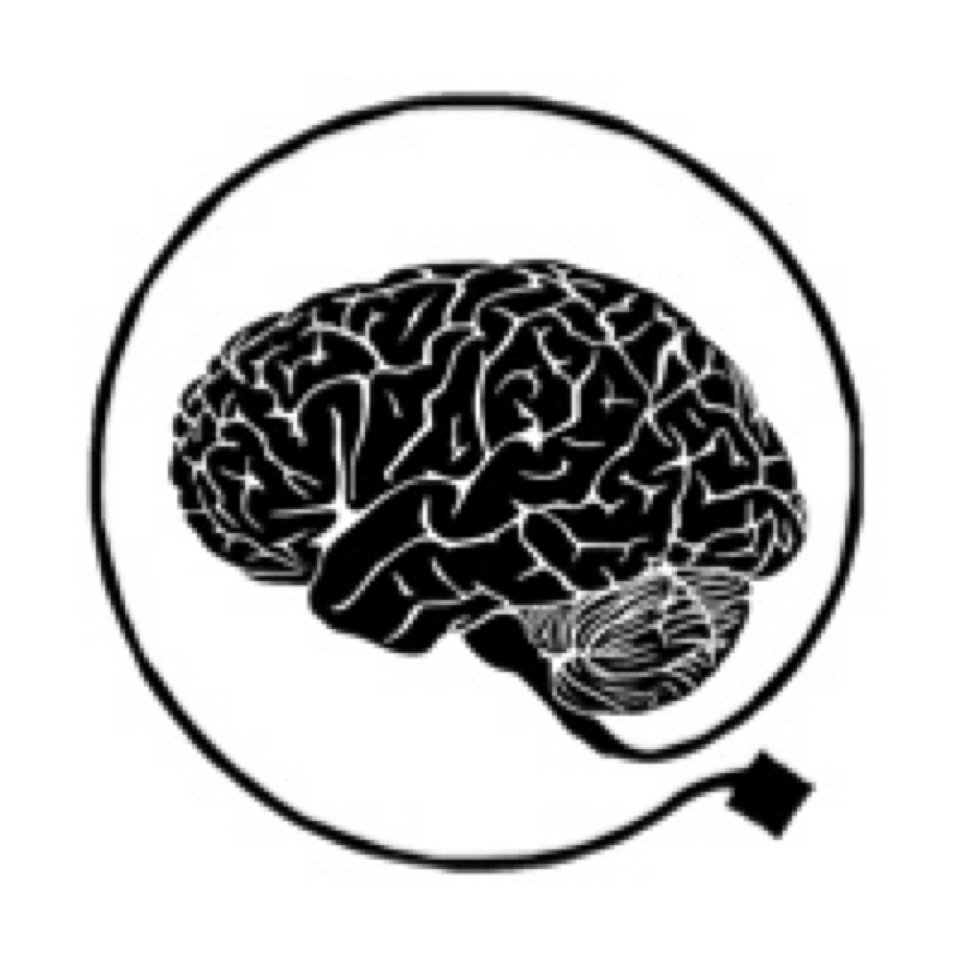
The property of complexity is a reminder that systems behave in ways that are substantially more varied and nuanced than at first entertained. Small changes of input or perturbations to their state can lead to qualitatively different behaviors and outcomes. This doesn’t mean that complex systems are highly unstable and erratic. In fact, complex systems live somewhere between complete predictability and total randomness.
Complex systems, like the brain, are not static—they are inherently dynamic. As in predator-prey systems in ecology, it is useful to shift one’s perspective from one of simple cause-and-effect to that of a process that evolves in time—a natural shift in stance given the interdependence of the parts involved. When we say a “process,” there need not be anything nebulous about it. For example, in the case of three-body celestial orbits under the influence of Newtonian gravity, the equations can be precisely defined and solved numerically to reveal the rich pattern of paths traversed.
The brain is a system of interacting parts. At a local level—say, within a specific region —populations of neurons interact. But interactions are not only local to the area, and a given behavior relies on communication between many regions. Anatomical connectivity provides the substrate for interactions that span multiple parts of the cortex, as well as bridging the cortex, subcortex, midbrain, and hindbrain. This view stands in sharp contrast to a “localizationist” framework that treats regions as relatively independent units.
Interactions between parts
Whereas the science of complexity has evolved enormously in the past 70-odd years, experimental scientists are all-too-often anchored on a foundation that is skeptical of some of it central concepts. But with the mathematical and computational tools available now, there is little reason for that anymore. What are some of the implications of complex systems theory to our goal of elucidating brain functions and how they relate to parts of the brain?
Levels of analysis
This concept is related to the previous one but emphasizes a different point. All physical systems can be studied as multiple levels, from quarks up to the object of interest. Not in all cases is it valuable to study the multiple levels (worrying about quarks in aerodynamics, say). But in the brain, studying multiple levels and understanding their combined properties is essential. One can think of neuronal circuits from the scale of a few neurons in a rather delimited area of space to larger collections across broader spatial extents. Multiple spatial scales will be of interest, including large-scale circuits with multiple regions spanning all parts of the nervous system. A possible analogy is the investigation of the ecology of the most biodiverse places on earth, including the Amazon rainforest and the Australian Great Barrier Reef. One can study these systems at very different spatial scales, from local patches of the forest and a few species to the entire coral reef with all its species.
Time, process
The word “entangled” conjures multiple interrelated ideas but is not intended to suggest something like threads that are mixed together but can be separated given enough time. The meaning is closer to “integrated,” but single words do not do justice to the general theme permeating the book—for example, cars are highly integrated systems, but are designed with parts with well-defined functions. Instead, the sense of entangled is one in which brain parts dynamically assemble into coalitions that support complex cognitive-emotional behaviors, coalitions comprised of parts that jointly do their job. Thus, an entangled system is a deeply context-dependent one in which the function of parts (such as a brain region, or a population of cells within a region) must be understood in terms of other parts: an interactionally complex system.
Decentralization, heterarchy
Neuroscience tends to study parts of the brain separately. The Entangled Brain promotes the idea that, instead, we need to understand the brain as a complex, entangled system. Accordingly, the business of a brain region needs to be situated in the context of multi-region circuits: What does a brain region do in combination with other areas?
Emergence
Investigating systems in terms of the interactions between their parts fosters a way of thinking that favors decentralized organization. It is the coordination between the multiple parts that leads to the behaviors of interest, not a master “controller” that dictates the function of the system. In many “sophisticated” systems, and the brain is no exception, it is instinctive to think that many of its important functions depend on centralized processes. For example, the prefrontal cortex may be viewed as a convergence sector for multiple types of information, allowing it to control behavior. A contrasting view favors distributed processing through interactions of multiple parts. Accordingly, instead of information flowing hierarchically to an “apex region” where all the pieces are integrated, information flows in multiple directions without a strict hierarchy. An organization of this sort is termed a heterarchy to emphasize the multidirectional flow of information.
Complexity
Emergent properties are the norm in a complex system such as the brain. Of course, this does not invite fuzzy explanations. Instead, descriptions must be sufficiently detailed to allow system-wide properties to be captured.
